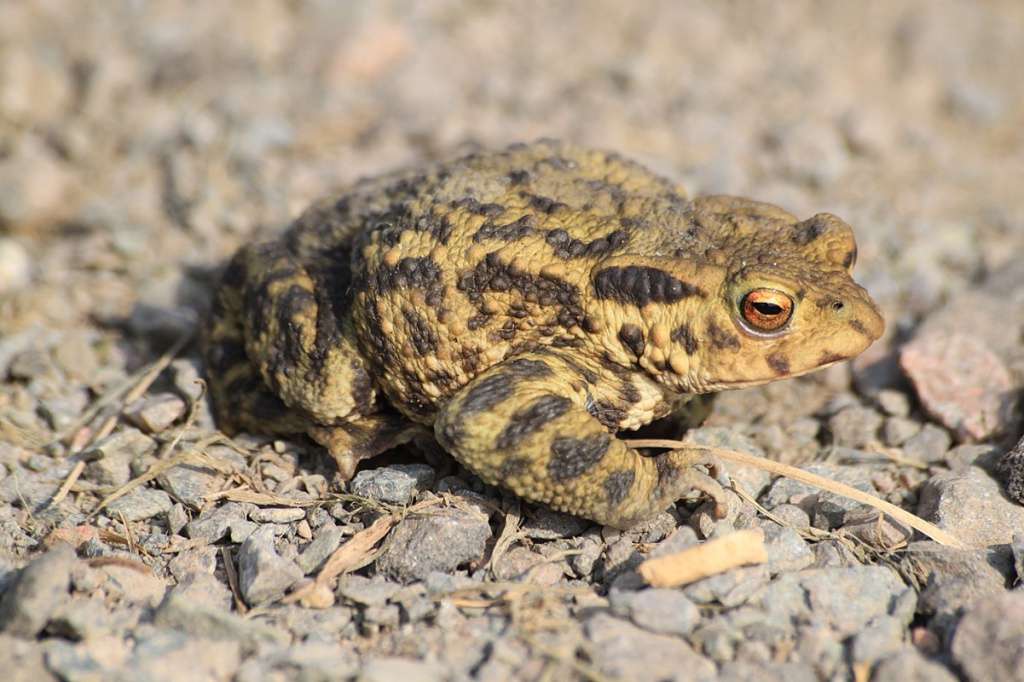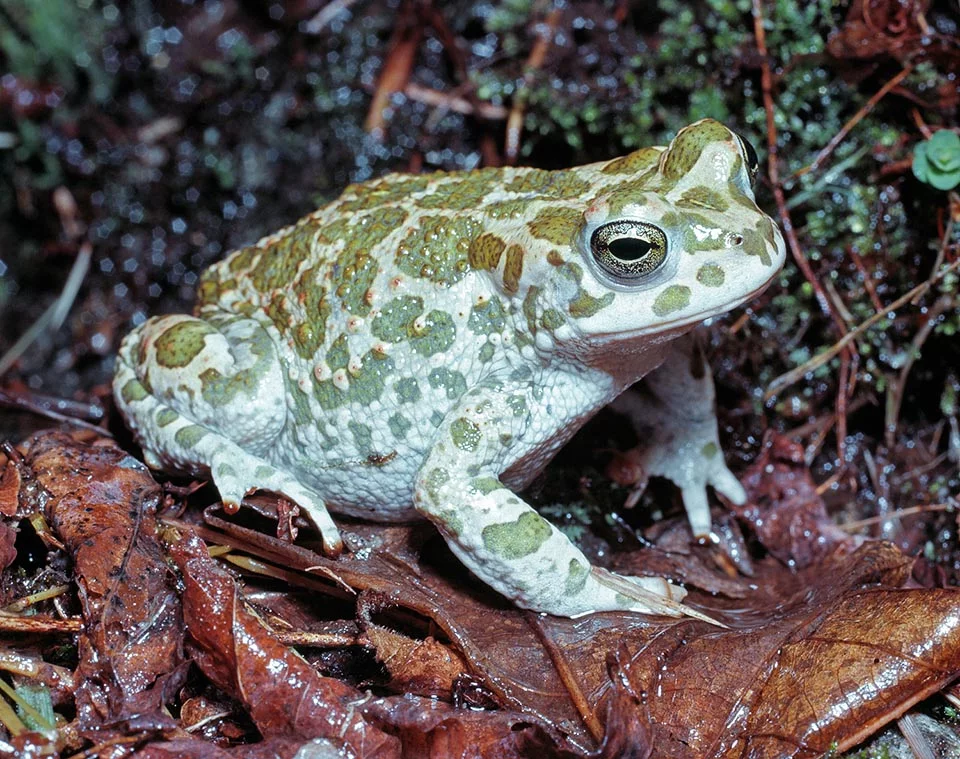
A very uncommon amphibian known as the Wyoming toad or Baxter’s toad (Anaxyrus baxteri) is only found in the United States, and in captivity. Since being declared extinct in the wild in 1991, the Wyoming toad has been on the endangered species list since 1984. The attempt to rescue the Wyoming toad has been a collaborative effort between state and federal authorities as well as private landowners, much like the fight to save ferrets at the Tom Thorne and Beth Williams Wildlife Research Center at Sybille near Wheatland, Wyoming. From the 1950s through the early 1970s, the Wyoming toad was widespread, although it was only found in the Laramie Basin in Albany County.
Trait
The Wyoming toad has small, dark markings on its underbelly and is a dark brown, grey, or green colour. On its dorsal surface, it has blurred light lines and small, spherical, blotchy warts. The throat of the male toad is black. The differences in the toads’ skin tones and wart patterns allow for easy identification. Additionally, the Wyoming toad faces a serious threat from chytrid fungus because of its fragile, poorly adaptable skin. The toad cannot adjust to divergent irrigation or irrigation with varying water volumes, nor can it endure rapid climatic change. The toad is primarily active at night, has relatively weak vision, and hunts by observing the movement of its prey.

Habitat
The Wyoming toad is found in North America, more especially in the county of Albany in the American state of Wyoming. This toad hibernates until May when the winter weather months start in late September or early October. Sometimes, these toads spend the winter in a ground squirrel’s abandoned tunnel. They can also bury themselves in the mud to remain undetected throughout the winter. The Wyoming toad emerges from hibernation with the onset of warm weather, and the breeding season follows soon after. Most of the time, this toad lives on land. It travels to a nearby lake or creek where other toads congregate to find a mate during the start of the mating season. The croaking sound of the males attracts females, who will mate with the male and lay eggs. These toads only congregate here once a year.
Diet
As carnivores, adult toads devour worms, beetles, ants, spiders, and spider eggs. Simply put, this toad feeds on the little insects that are most common in its surroundings.
Reproduction
The Saratoga National Fish Hatchery of the U.S. Fish and Wildlife Service established a recovery group in 1998 since it is estimated that only 100 Wyoming toads are left in the wild. This recovery group’s objectives included captive breeding and the release of tadpoles back into the wild. Limited ovulation and fertilization rates, however, have resulted in a low reproductive output for the captive breeding programme.
Not Kept as a Pet, Why?
Many initiatives are being taken to ensure the conservation of these species, which are extinct in the wild. It is not suggested to keep these toads as pets because of this.
Table





